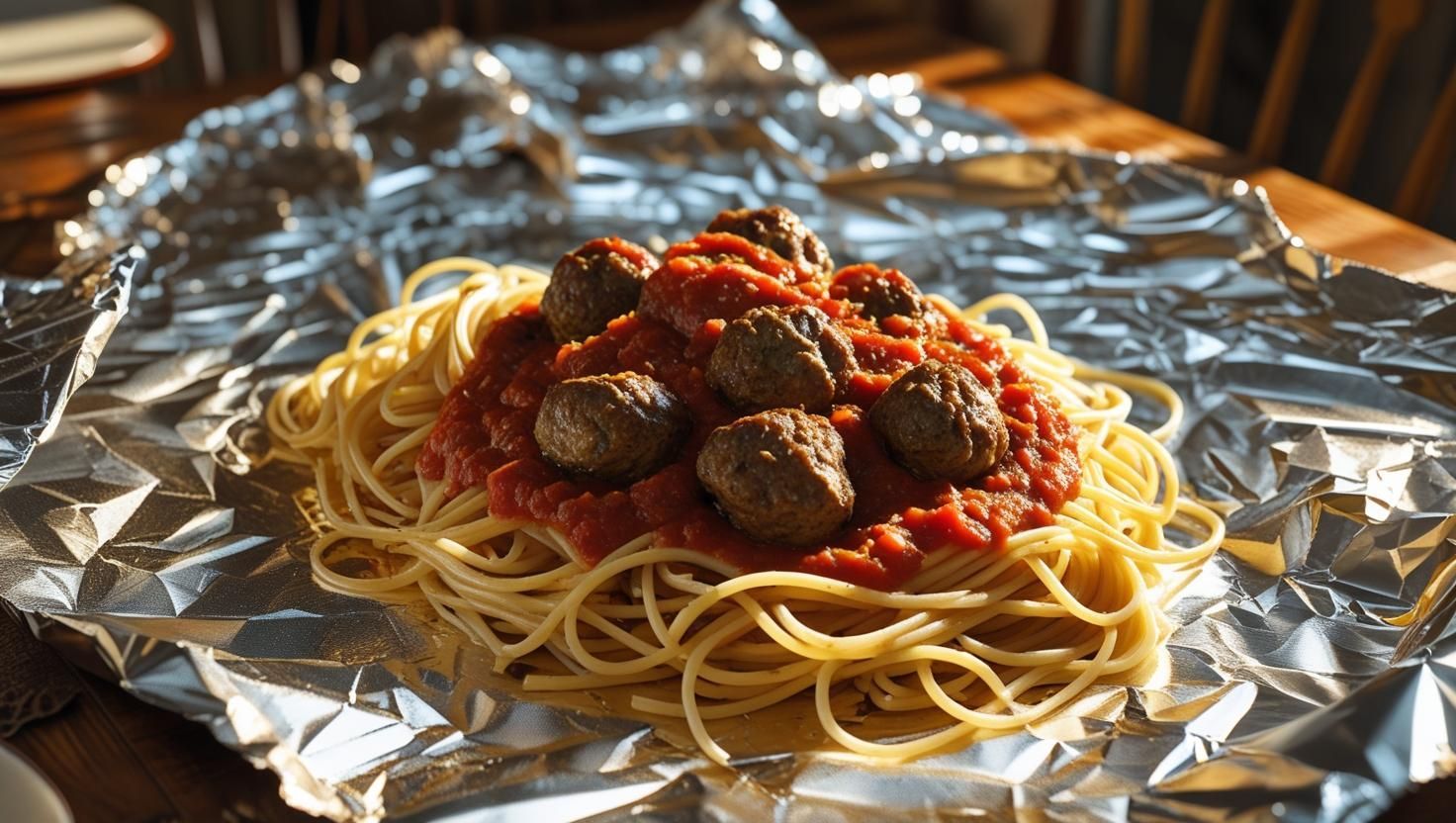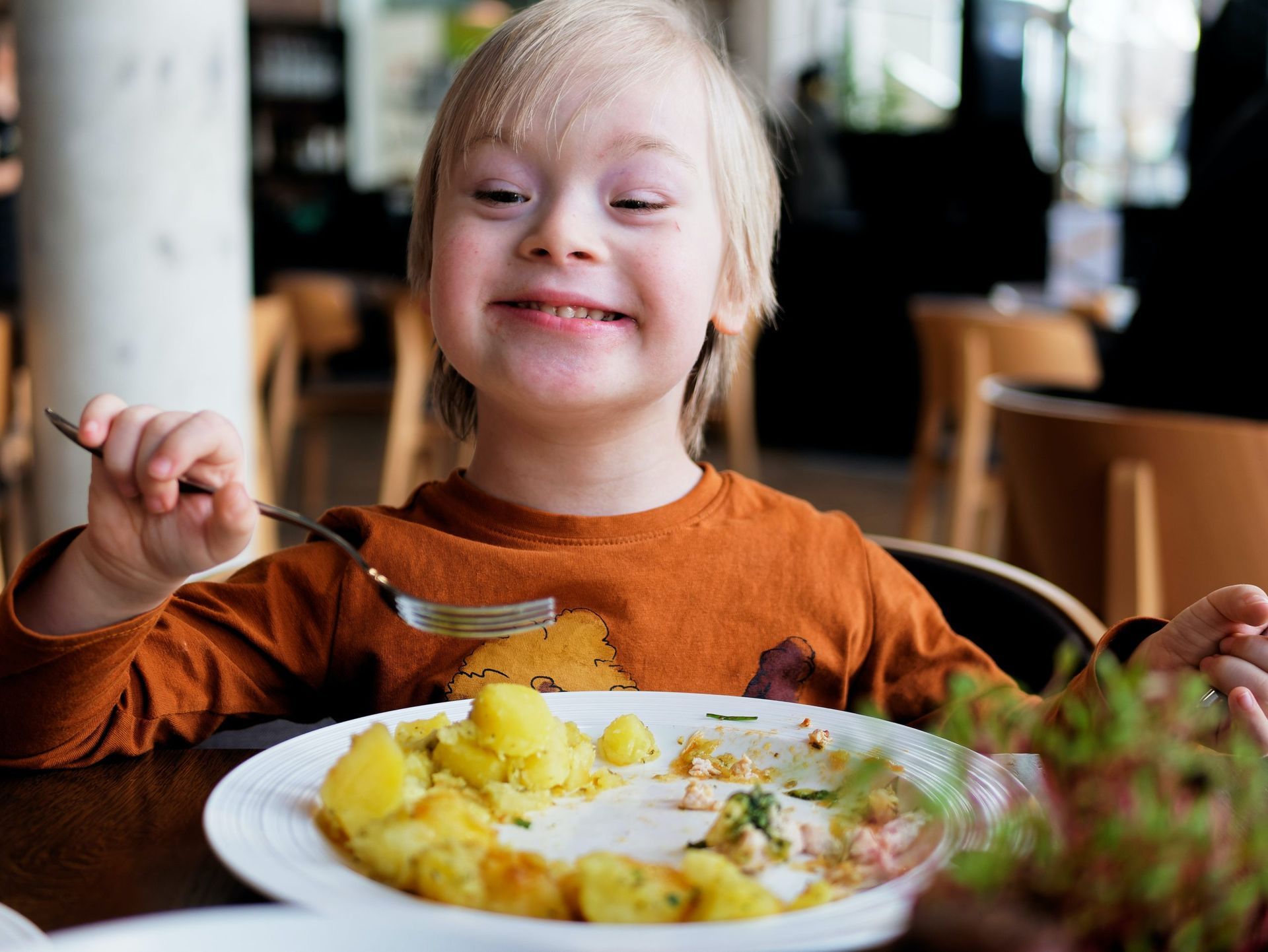What is Kyphosis?
Spinal Curvature is on the Rise
While most of us are unfamiliar with the word kyphosis, we may have seen it! Kyphosis is an excessive curve of the spine that results in a rounded back. There are many causes of kyphosis, some of which include: trauma, neuromuscular conditions, personal health history and postural issues.
Have you ever heard of "text neck?"
Have you ever felt sore in your upper back or neck after computer work or long periods of time spent on a phone or tablet?
Our posture, especially when using electronics, tend to slouch or slump. A lot of times, this happens without our awareness! We tend to not realize our poor posture until symptoms like muscles soreness, headaches or pain occur. When symptoms are severe, seeking care from a health care professional likely is needed. A physical therapist, for example, can address or reduce the symptoms of kyphosis through stretching tight muscles, strengthening weak muscles, postural training, and through manual therapy, which is a clinical hands-on technique that manipulates muscles and joints.
If symptoms are mild, there are changes that we can make on our own that can reduce or eliminate symptoms, or even prevent kyphosis from occurring!
5 quick ideas for changes you can make to improve your posture are below!
- Be aware of your posture
- Set a timer to remind yourself to do a quick self posture check-in!
- Get up, walk around
- Shift your focus on other objects at various distances around you
- Try sitting on a medicine ball to improve posture
- Remember to get up and move every 10 minutes. Simple readjustments can make a big difference!
- Exercises for stretching tight muscles and strengthening weak muscles
- Postural training
A great resource for more information on this topic can be found online at:
https://www.childrenshospital.org/conditions-and-treatments/conditions/k/kyphosis
Still Need Help? Reach Out to Pediatric Movement Center's Physical Therapy Team!
If your child is having neck or back pain, a skilled pediatric physical therapist at Pediatric Movement Center can help! For an individual assessment call us at 301-739-5437.










